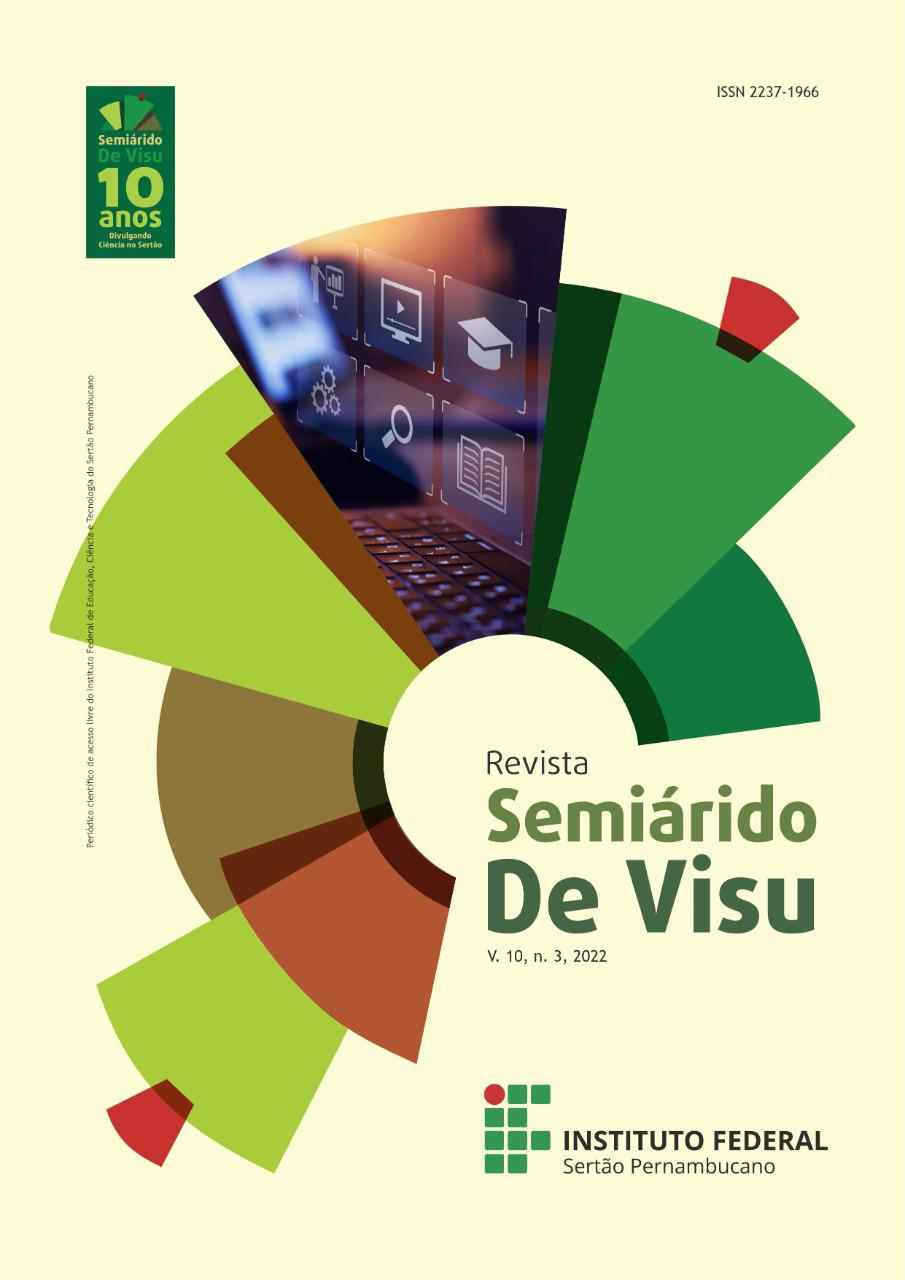Comparative analysis of Portuguese/BSL translation technological tools
Comparative analysis of Portuguese/BSL translation technological tools
Visualizações: 439DOI:
https://doi.org/10.31416/rsdv.v10i3.397Keywords:
Tecnologia assistiva, Língua Brasileira de Sinais, português-LibrasAbstract
The Brazilian Sign Language (Libras) is used by deaf people to communicate, however, few people have knowledge and fluency in this language, technology can be a contribution to meet this need. Therefore, this paper aimed to comparatively analyze the main technological tools for translation from Portuguese to Libras identified in the Systematic Literature Review (SLR) of Araujo and Oliveira (2021). The functionalities of these applications and their feasibility for translation in the educational context were analyzed using 22 (twenty-two) criteria, identified from the profile of these tools. The research has a qualitative, descriptive approach, seeking through the literature to point out the advantages and disadvantages of these softwares. The results indicate that the tools analyzed here have seven similar basic functions, eleven functionalities that are present in one or more of the tools, and four that do not appear in any of the tools analyzed here, but that would be of great value. Finally, it can be concluded that assistive technologies that facilitate communication between deaf and hearing people can also serve as a learning tool for the hearing person, and that it is still necessary to advance in some features that could contain these tools.
References
ANTUNES, Maria de Fátima Nunes. Et al. Reflexões acerca do ensino de libras no ensino fundamental. Revista Científica Multidisciplinar Núcleo do Conhecimento. Ano 06, Ed. 09, Vol. 03, pp. 05-26. Setembro de 2021. ISSN: 2448-0959, Link de acesso: https://www.nucleodoconhecimento.com.br/educacao/ensino-de-libras
ARAÚJO, A. C. S.; OLIVEIRA, F. K. de. Revisão Sistemática da Literatura sobre Tecnologias digitais de informação e comunicação de tradução do par linguístico Português Libras. Revista Semiárido De Visu, [S. l.], v. 9, n. 3, p. 286–299, 2021. DOI: 10.31416/rsdv.v9i3.305. Disponível em: https://semiaridodevisu.ifsertao-pe.edu.br/index.php/rsdv/article/view/305. Acesso em: 17 out. 2022.
BRASIL, 2015, Lei n. 13.146, de 6 de jul. de 2015. Lei Brasileira de Inclusão da Pessoa com Deficiência. Disponível em: http://www.planalto.gov.br/ccivil_03/_ato2015-2018/2015/lei/l13146.htm; acesso em: 17 Out 2022.
BRASIL, 2019, Uso de internet, televisão e celular no brasil. IBGE educa. Disponível em: < https://educa.ibge.gov.br/jovens/materias-especiais/20787-uso-de-internet-televisao-e-celular-no-brasil.html>. Acesso em: 21, outubro 2022.
CORRÊA, Y.; GOMES, R. P.; RIBEIRO, V. G. (2018). Aplicativos de Tradução Português-Libras na Educação Bilíngue de surdos: tradução por meio de sinais ou datilologia? RENOTE - Revista Novas Tecnologias na Educação, v. 16, n° 1, pp. 1-10.
PRETTO, N. L. e PINTO, C.C. Tecnologia e novas educações In Revista Brasileira de Educação,v. I, n.31, 2005.[online] Disponível em:
https://repositorio.ufba.br/bitstream/ri/14159/1/_tecnologia.pdf .Acesso em outubro de 2022.
QUADROS, Ronice Müller; KARNOPP, Lodenir Becker. Língua de sinais brasileira Estudos Lingüísticos. Porto Alegre: Artmed, 2004.
SILVA, Jéssica Ferreira Souza da. Uma análise comparativa entre os aplicativos de tradução da língua portuguesa para a libras hand talk e VLibras/ Jéssica Ferreira Souza da Silval. - Patos, 2021. 29 f. : il.
Downloads
Published
How to Cite
Issue
Section
License
Copyright (c) 2022 Revista Semiárido De Visu

This work is licensed under a Creative Commons Attribution 4.0 International License.















